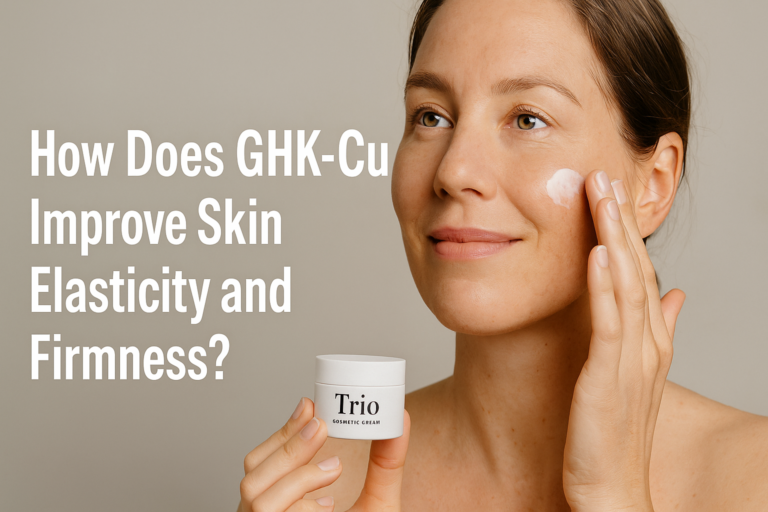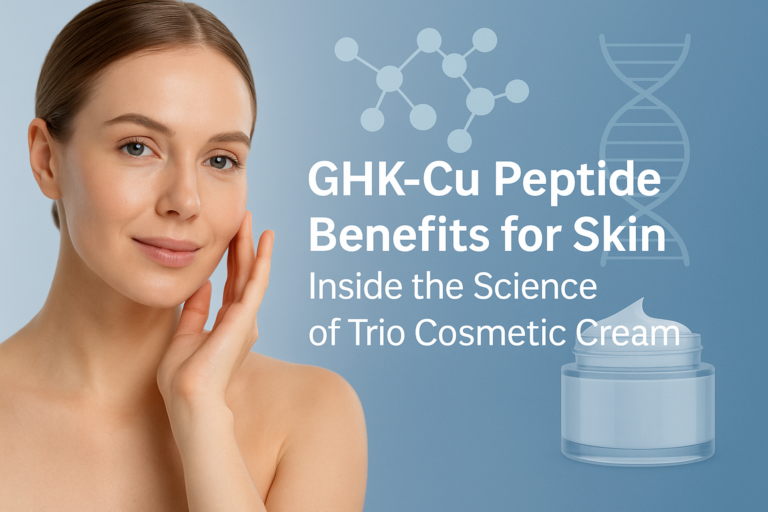
Hair regeneration is not a one-size-fits-all process. It often requires addressing multiple pathways that influence follicle activity, inflammation, and blood flow. That’s why combining scientifically-backed ingredients like PTD-DBM and valproic acid is gaining attention in the search for non-hormonal hair support options.
Why Use a Multi-Target Approach for Hair Loss?
Hair loss is caused by a combination of factors, including hormonal shifts, impaired signaling, reduced blood flow, and inflammation. Targeting just one of these may help, but results can plateau. By addressing several of these biological mechanisms at once, users may experience more complete support.
PTD-DBM and valproic acid both affect the Wnt/β-catenin pathway. This pathway is essential for hair follicle activation and growth cycle progression. Using both may offer synergistic effects.
What Is PTD-DBM and What Does It Do?
PTD-DBM is a lab-engineered peptide that works by blocking CXXC5, a protein known to suppress the Wnt/β-catenin pathway. This pathway is key to follicle regeneration, as it helps hair follicles move from their dormant phase back into the active growth (anagen) phase.
PTD-DBM supports natural follicle function without altering hormones. It encourages healthier hair cycles and supports density by enhancing follicular activity at the cellular level.
What Is Valproic Acid and How Does It Support Hair Growth?
Valproic acid is traditionally known as an anti-seizure medication, but recent studies suggest it has applications in hair regeneration. It activates Wnt/β-catenin signaling and promotes angiogenesis (formation of new blood vessels), which improves scalp circulation.
Valproic acid may also enhance the function of dermal papilla cells. These cells are responsible for controlling the size, shape, and structure of growing hair fibers.
A 2018 study by Lee et al. showed that topical valproic acid promoted hair regrowth in both mice and humans. Researchers observed enhanced Wnt signaling and better follicle vascularization.
Why PTD-DBM and Valproic Acid May Work Well Together
Both compounds activate the Wnt/β-catenin pathway, but in different ways. PTD-DBM prevents pathway suppression by blocking CXXC5, while valproic acid boosts activation and improves local blood flow.
This dual-action strategy may:
- Strengthen follicle signaling
- Encourage quicker re-entry into the growth phase
- Maintain an active follicle environment for longer
These complementary effects could offer broader support than using either compound alone.
Potential Benefits of Combining These Ingredients
- Stimulates follicle activity: Promotes healthier growth cycles and supports stronger hair shafts.
- Enhances blood flow: Valproic acid improves circulation to nourish follicles.
- Non-hormonal: Suitable for men and women seeking alternatives to minoxidil or finasteride.
- Supports long-term follicle vitality: Encourages ongoing regeneration instead of temporary stimulation.
Application and Use Tips
- PTD Hair Serum delivers PTD-DBM directly to the scalp. Use once daily on clean, dry hair.
- If adding valproic acid, choose a topical formulation designed for cosmetic use.
- Alternate applications (e.g., PTD-DBM in the morning, valproic acid at night) to avoid overuse.
- Patch test new ingredients and monitor for irritation, especially with valproic acid.
Consult with a healthcare provider or dermatologist before starting combination therapies.
Final Thoughts: A Synergistic Strategy for Hair Support
The combination of PTD-DBM and valproic acid offers a promising, research-informed approach to hair support. Rather than relying on hormonal changes, this strategy targets cellular signaling and circulation, two core pillars of hair follicle vitality.
For individuals exploring alternatives to traditional treatments, this dual-pathway support could be a meaningful addition to their regimen.
FAQ: PTD-DBM and Valproic Acid
Can I use PTD-DBM and valproic acid together?
Yes. When used properly, these compounds may complement each other. PTD-DBM blocks inhibitory signals while valproic acid enhances positive growth signaling and improves blood flow. Using them together may promote stronger follicular activation than either one alone.
How does valproic acid help with hair growth?
Valproic acid supports hair regrowth by activating the Wnt/β-catenin pathway and encouraging angiogenesis in the scalp. These processes are crucial for initiating new hair growth and maintaining an optimal follicle environment.
Is this combination safe?
PTD-DBM is generally well tolerated. Topical valproic acid may cause irritation in sensitive individuals, especially in higher concentrations. Always test a small area first, and consider speaking with a practitioner for personalized guidance.
When should I expect results?
Hair cycles take time. Most users may begin noticing subtle changes in 8 to 12 weeks. Results may include reduced shedding, baby hair growth, and improved density over time with consistent use.
Can this replace minoxidil or finasteride?
It depends on your goals. PTD-DBM and valproic acid work through non-hormonal mechanisms. They offer a more targeted approach and may be ideal for those who cannot tolerate or prefer not to use hormone-based treatments. However, they can also be used in combination with those treatments if approved by a provider.
Become a Member
Access exclusive tools, insights, and protocols designed for long-term recovery and peak performance.
Subscribe for Updates
Get peptide research, recovery protocols, and performance strategies delivered straight to your inbox.
Sign up for the Peak Human newsletter here.






/5Total reviews
Persons recommended this product
Filter by
star Rating
attach_file Attachments
Anonymous
Shopper
check_circle Verified
Shop owner replied
Was this helpful
Facebook
X (Twitter)
LinkedIn
Reddit
Copied to Clipboard
Anonymous
Shopper
check_circle Verified
Shop owner replied
Was this helpful
Facebook
X (Twitter)
LinkedIn
Reddit
Copy Link
Thanks for your review!
Your feedback helps us improve our service.
There are no reviews yet.
Be the first to review “ ”
Only logged in customers who have purchased this product may leave a review